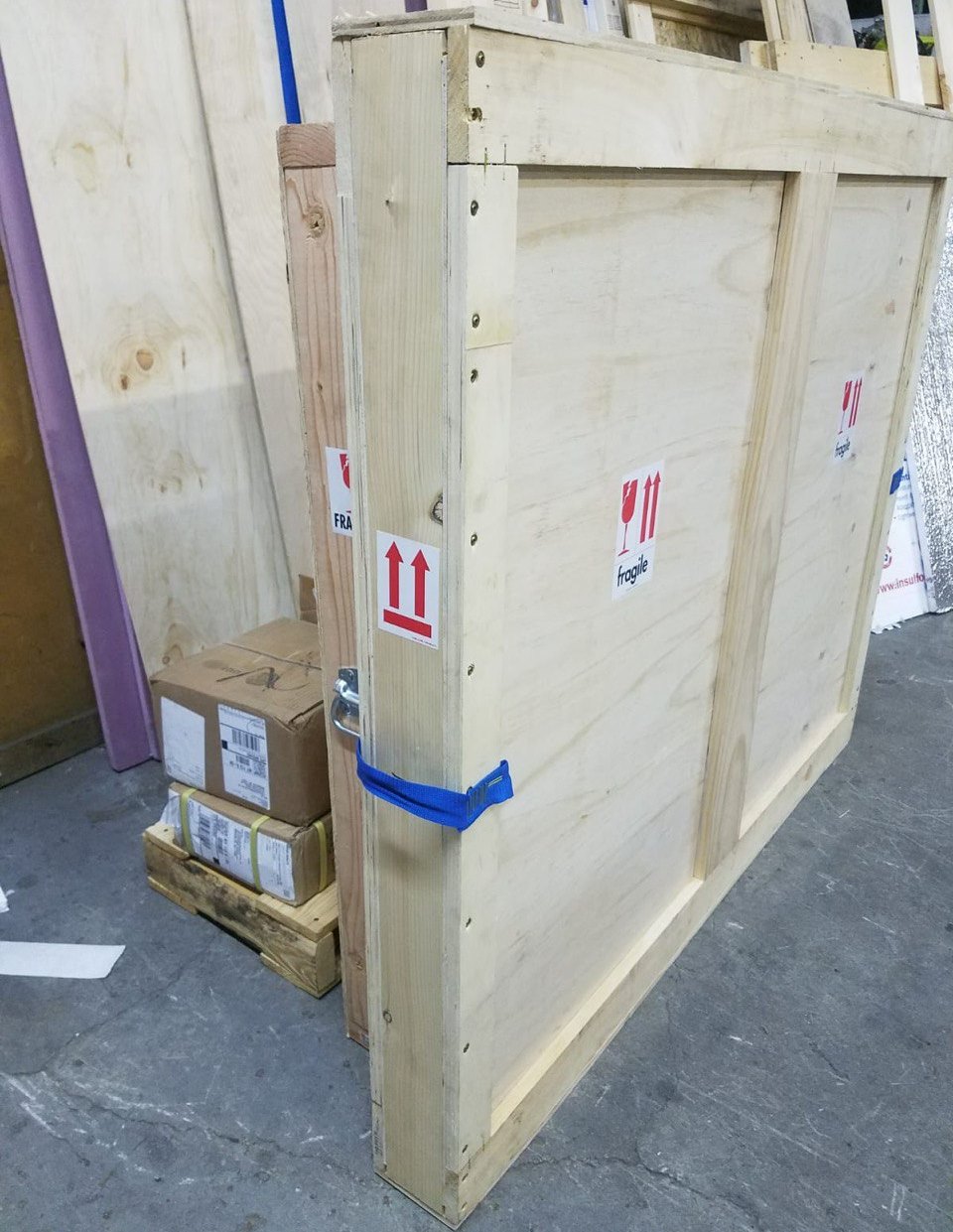Whenever you decide to have your art objects transferred from one location to another, safety and intactness are the first things to think about. Artwork is highly delicate and can easily get destroyed even with a small careless move. Therefore, you should partner with a reliable art shipping company that will decide whether your art objects and the route of their transit require the use of art crates for shipping.
Using an art crate is not a must in the shipping process, as many objects (especially two-dimensional paintings shipped domestically by specialized art shuttles) may travel safely even soft packed. However, art crates for shipping are advisable for the transportation of three-dimensional objects that won’t fit into regular cardboard boxes and require special cushioning.
Besides, objects made of fragile materials, like glass, marble, or porcelain, also require additional protection from any shocks or environmental conditions that may ruin them easily. Another situation when art crates are necessary is international shipping; otherwise, your insurance provider may simply refuse to give insurance coverage for a loosely protected object.
The Art and Science of Building Art Crates for Shipping
So, now that you know about all use cases for art crates for shipping, it’s time to get down to the practice of building one.
- Art handlers take plywood sheets and use a saw to cut the sheets to the dimensions of your artwork. The rule of thumb is to make the crate a bit larger so that it has empty space on all sides and allows for the art object’s proper cushioning.
- The crate’s frame is often assembled from sturdier wood boards, to which the plywood sheets are attached with screws.
- The crate’s sides may have two layers of wood and plywood. The primary purpose of the outer one is to protect the contents from physical shocks and damage. The inner layer is usually more polished and delicate, equipped with a cushioning layer since it faces the artwork and should cause no harm or scratches to it.
- Once the object is placed into the crate and firmly fixed inside it with Styrofoam board sheets and bubble wrap to prevent its movement during shipment, the top of the box is enclosed with a sturdy wood board. The crate is then properly labeled as fragile, with the top and bottom indicated on its sides.
That’s it! Now you have a sturdy, reliable wooden crate that will ensure your art object’s safe journey to any destination without trouble.
